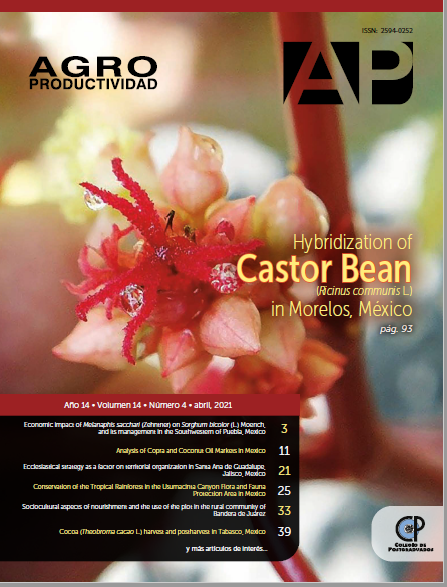Analysis of the Tilapia (Oreochromis spp.) Value Chain in the State of Veracruz Rural Aquaculture for the Small Producer
##plugins.themes.bootstrap3.article.main##
Keywords
marketing, distribution, tilapia production
Resumen
Objective: To analyze the importance of the aquaculture value chain links in the state of Veracruz, Mexico, especially those of production and marketing.
Methodology: The information was obtained in the six main tilapia (Oreochromis spp.) production regions in the state of Veracruz through poles based in a questionnaire that addresses key informants; variables related to each link and chain agent were considered; five juvenile producers, 41 tilapia producers and 12 marketers.
Results: A fish farming value chain map was generated with the description of distribution channels, production cost estimation and sales income, as well as the participation of producers in demand.
Implications: The implementation of integrative models is required in order to have a constant supply of inputs from suppliers in farms. Also, associative models that allow accessing markets in units where the high payment availability for the product should be developed.
Conclusions: Chain economic agents are related. Upon meeting the quality and performance required by marketers, there is potential to develop value aggregation strategies through associativity models, linked to service businesses such as restaurants

